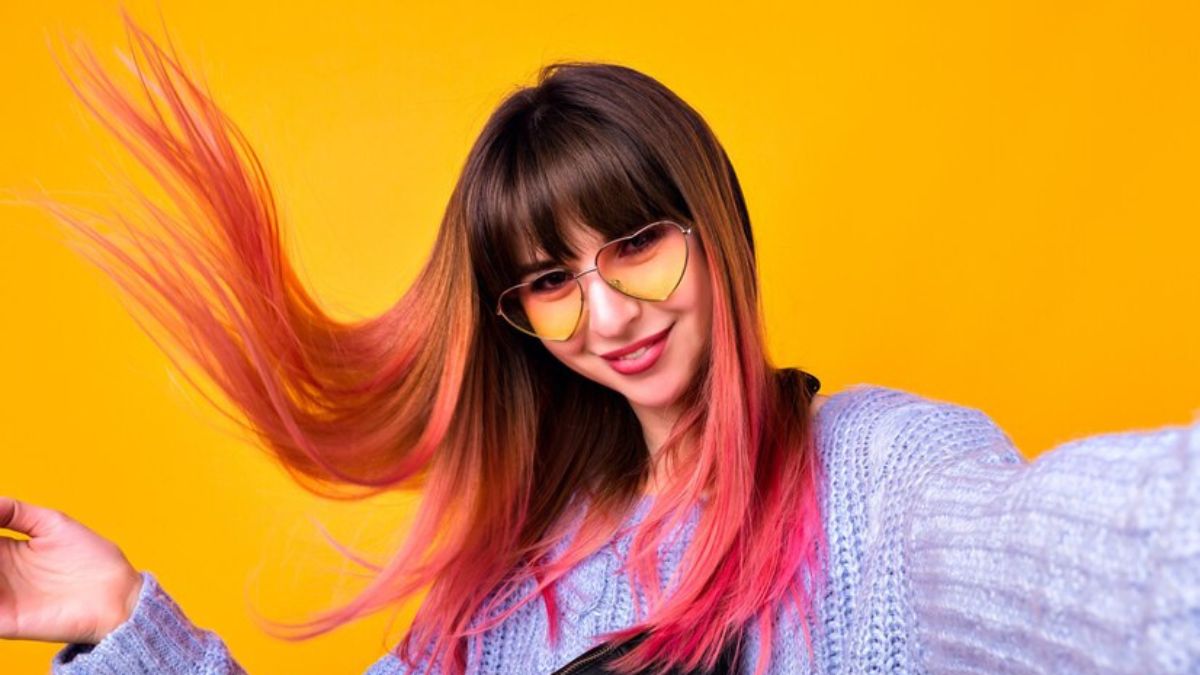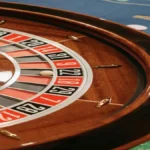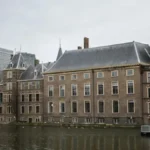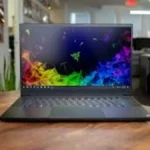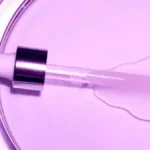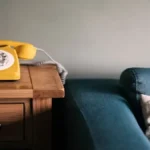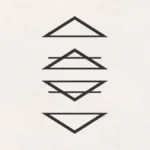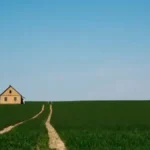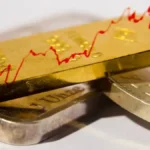The world of hair fashion is as dynamic and ever-evolving as the clothes we wear, reflecting the cultural shifts, technological advancements, and artistic expressions of each era. From the elaborate coiffures of the past to today’s more natural looks, hair trends have come a long way, continually reshaping our definition of beauty and style.
The Early 20th Century: Elegance and Sophistication
At the dawn of the 20th century, hairstyles were a marker of one’s social status and fashion sense. The Edwardian era (1901-1910) favored elegant, voluminous updos often embellished with hats and decorative combs. These styles, seen as a symbol of sophistication, were achievable through a combination of natural hair, pads, and false hairpieces. Women spent hours at the salon, enduring the tedious process of creating these intricate hairstyles.
The Roaring Twenties: Rebellion and the Bob Cut
The 1920s witnessed a radical shift in hair trends, mirroring the societal changes of the time. Women’s roles were evolving, and with this came the embrace of shorter hairstyles, epitomized by the iconic bob. This bold move away from long, Victorian tresses to short, sleek hair represented a break from traditional gender norms and was a hallmark of the modern, independent woman. Finger waves and Marcel waves added sophistication to these short styles, further enhancing the era’s allure.
The 1950s and 60s: A Time of Dramatic Styles
Post World War II, the 1950s and 60s saw a resurgence of feminine styles with Hollywood glamour taking center stage. The 50s were all about soft curls and waves, with icons like Marilyn Monroe setting the trend. Then came the 1960s, a decade marked by dramatic changes, both socially and in hair fashion. The beehive, a high, rounded hairstyle stacked in a conical shape, became immensely popular, symbolizing the decade’s fondness for exaggerated forms.
In the mid-60s, Vidal Sassoon revolutionized hairdressing with his geometric cuts and sleek, angular styles, moving away from the overly styled looks of the previous decade. His approach brought a fresh, modern aesthetic that resonated with the era’s evolving fashion scene.
During this period, hair extensions began to emerge as a popular method for achieving length and volume. Among these, tape extensions gained traction for their ease of application and relatively natural appearance, allowing women to experiment with longer, fuller hairstyles without the commitment of growing their hair.
The 1970s: Freedom and Naturalism
The 1970s marked a departure from the high-maintenance styles of the 60s, as people embraced more natural, free-flowing hair. The hippie movement influenced this era significantly, popularizing long, straight hair often adorned with headbands or flowers. This decade also saw the rise of the Afro, a style that became a powerful symbol of Black pride and cultural identity.
For those seeking a more polished look, the shag cut, popularized by celebrities like Jane Fonda, offered a layered, textured style that was both chic and easy to maintain. The 70s also witnessed the introduction of the punk movement, which brought edgy, unconventional hairstyles into the mainstream, including Mohawks and spiked hair.
The 1980s: The Bigger, the Better
The 1980s took the quest for volume to new heights—literally. This era is often remembered for its bold, statement-making hairstyles, characterized by big, voluminous hair. Perms, backcombing, and a generous use of hairspray were the order of the day, as seen in the wildly popular styles of pop icons like Madonna and Cyndi Lauper.
Mullets, a peculiar style that was business in the front and party in the back, also gained popularity. This decade was all about self-expression, with hair becoming an essential accessory to one’s overall look, embodying the vibrant and somewhat ostentatious spirit of the 80s.
The 1990s: Minimalism and Grunge
In contrast to the 80s, the 1990s leaned towards minimalism and a more understated approach to hair. The grunge movement brought with it a carefree, almost unkempt look, with long, messy hair being a staple.
For women, sleek, straight hair became the norm, often accompanied by highlights or understated layers. The “Rachel” haircut, named after Jennifer Aniston’s character on the hit show “Friends,” exemplified this trend with its layered, face-framing style. Meanwhile, men embraced curtained hair, a style where hair is longer and swept to each side, often associated with boy bands of the era.
The 2000s: Experimentation and Bold Colors
The turn of the millennium saw an explosion of creativity and experimentation in hair trends. The 2000s were marked by the popularity of bold colors, with streaks of neon and pastel hues becoming common. This decade also saw the rise of edgy cuts, like the asymmetrical bob, and the reintroduction of bangs in various forms, from side-swept to blunt.
Hair extensions and weaves became more accessible and mainstream, allowing people to switch up their hairstyles with ease. Celebrities frequently changed their hair, influencing trends and making fashion statements with each new look.
The 2010s and Beyond: Diversity and Personal Expression
In recent years, there has been a significant shift towards celebrating diversity and individuality in hair trends. Natural hair movements have gained momentum, encouraging people to embrace their natural texture and move away from damaging treatments. The balayage technique, offering a more subtle, sun-kissed highlighting effect, has become a favorite, moving away from the stark contrasts of earlier decades.
Social media platforms like Instagram and Pinterest have also played a significant role in democratizing hair trends, with influencers and everyday individuals having the power to set trends. As we look into the future, it’s evident that personal expression and authenticity will continue to be at the forefront of hair fashion.
Conclusion
The evolution of hair trends is a fascinating journey that mirrors the cultural and social changes of each era. From the elegant updos of the early 20th century to the diverse, individualized styles of today, hair fashion continues to be an integral part of our self-expression and identity. As we continue to evolve, so too will the trends, forever marking the zeitgeist of each new generation.

